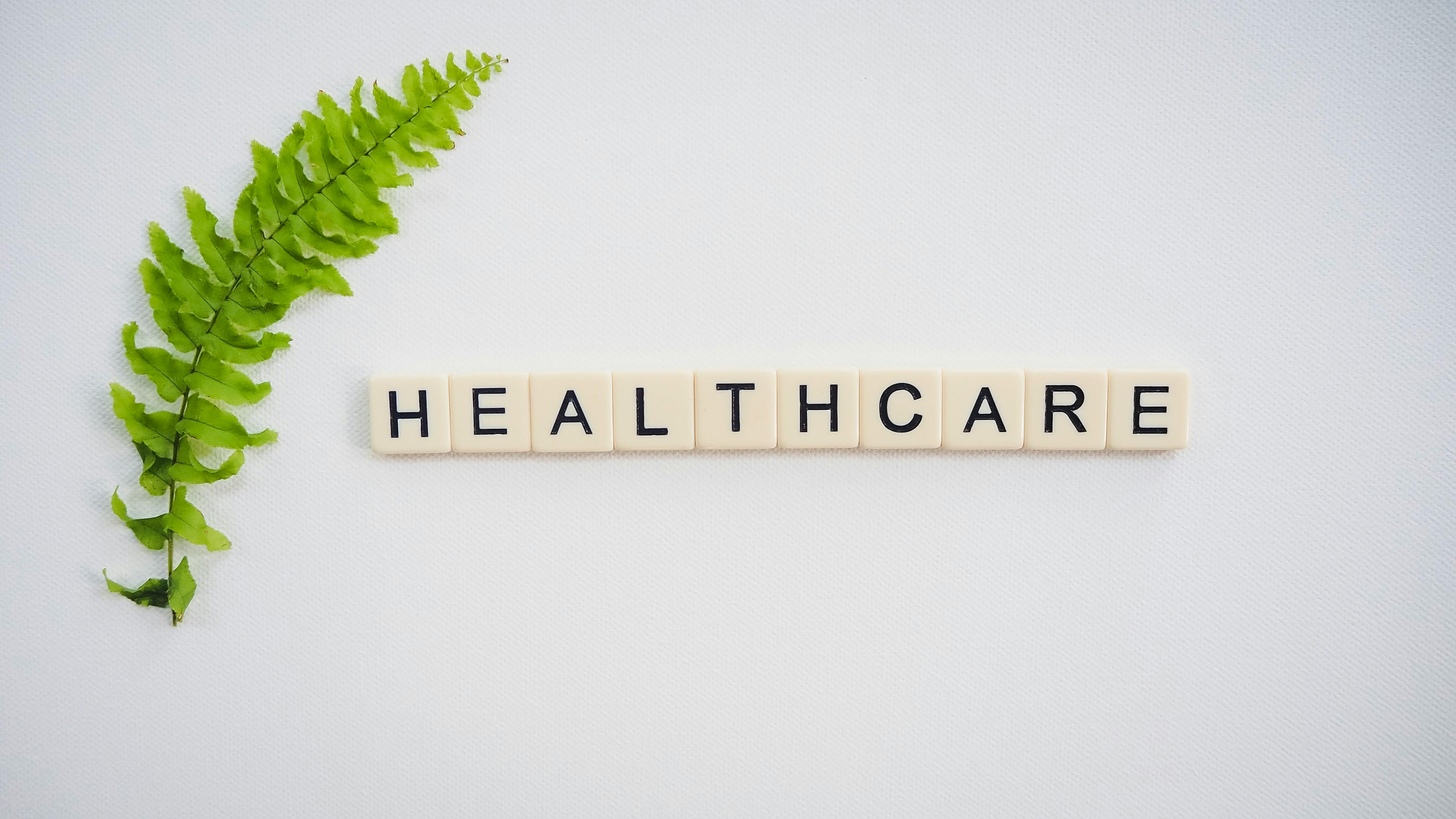An Employee Assistance Program ( EAP) helps workers handle personal problems and mental health issues which may interfere with their working lives.
The person’s participation in an EAP can be voluntary or mandatory, depending on the situation.
We explain in this article what an EAP program is, and the types of services it provides. They also explain the benefits for both workers and employers of EAP counseling, and offer advice on how to use it.
What is an employee assistance program?

An EAP offers support and assistance to workers experiencing difficulties that may impact their performance at work. Thus EAPs benefit both employees and their employers.
An EAP can help an employee tackle various issues , for example:
- workplace conflicts
- workplace-related trauma
- mental health concerns, such as depression and anxiety
- substance abuse issues
- relationship problems, such as marital conflict
In most cases an employee can refer to an EAP voluntarily. An employer can make this attendance mandatory in exceptional cases — for example, if a police officer shoots someone or an employee has a drug use problem that affects their performance at work.
What is an EAP counselor?
An EAP advisor works with an EAP to help employees during stressful or difficult times.
The employer has an in-house counsellor in some cases. A large first responder agency or public service company, for example, may have a dedicated counselor on-site.
Employers work with private counselling providers in most cases. A person can choose his or her own counselor but only from a list of counselors covered by the EAP program.
Typically, EAP counselors are licensed professionals, meaning they have at least a Master’s degree and met state certification criteria.
Nevertheless, some companies work with a company where crisis counselors answer initial phone calls without specialized qualifications. When a caller needs additional treatment, the counselor can refer the caller to a professional therapist.
EAP counseling services
An EAP counselor can provide a range of services, including:
- mental health counseling
- substance abuse support
- evaluations for mental health and substance abuse
- group or marriage counseling
An employer of a individual, however, may only pay for those problems. For example , if an employee needs treatment for a post-traumatic stress disorder (PTSD) related to work, their employer might not be able to pay for therapy for different issues.
An employer may also restrict the number of therapy sessions an individual may hold.
EAP counselors provide short-term care in most situations, as opposed to therapy that lasts several months or years.
Advantages of EAP counsellors
An EAP plan will be of help to both employers and workers.
Some prospective employers benefits include:
- workers who are more productive due to receiving support for mental health issues
- reduced need to fire or discipline otherwise productive employees due to issues that affect their workplace performance
- fewer employee absences
- a company that is more attractive to potential employees due to having an EAP in place
Some potential benefits for employees include:
- feeling less stigma about seeking treatment for mental health issues
- feeling encouraged to seek earlier help for mental health issues
- receiving more affordable access to mental healthcare
- receiving mandatory EAP counseling that helps them get support for mental health issues that they may otherwise ignore
How to access an EAP counselor
The method of finding an EAP counselor varies from one place of work to the next.
There are two main routes for an EAP counselor to access: self-referral, and compulsory referral.
Self-referral
Many places of work require their employees to refer to therapy. To do so, a person should contact their department of human resources ( HR) and inquire about the process of using the EAP. A individual may then review a list of counselors and call a schedule appointment with their chosen counselor.
The EAP plan sends no treatment data to the employer when workers self-refer. It may, however, provide anonymised information that allows the employer to determine the number of employees seeking care during the year for certain issues.
Mandatory referral
Occasionally an employer can make the participation in an EAP mandatory for an employee. In such cases, the advisor may provide the employer with certain information, such as verification that the employee has attended counseling. But a psychologist can not legally provide the client with additional information without the consent of the employee.
While an employer can make participation in an EAP a condition of continued employment, when a person is willing to quit or lose their job, they can not compel attendance.
Questions to ask a counselor
An individual should ask their counselor the following questions before starting counselling:
- What, if any, information will you give to my employer?
- Are there any exceptions to confidentiality rules?
- Are there limits on what I can talk about in sessions for which my employer pays?
- How many sessions can I have?
Alternatives
An EAP is different from a counselor whom a person sees through benefits provided by their employer. When all of these options are available, an employee may need to consider each’s benefits and risks. When a person receives therapy through their insurance, they do not learn about it from their employer, but the person might have to pay more.
Some other options which may include employees:
- other workplace assistance programs, such as conflict resolution or mediation sessions through an HR department
- support groups, such as Narcotics Anonymous or Alcoholics Anonymous
- in-house support groups that the employer sponsors, especially if many employees struggle with similar issues
Summary
An EAP may be an effective way to receive mental health resources for workplace-related concerns or difficulties impacting performance at work. Examples of these concerns include conflicts in the workplace, drug use disorders and depression.
EAP services provide quality care to mental health providers certified to do so. Nevertheless, the basic rules to be followed by each system differ from state to state, and from one employer to another.
For more information about how to use this program, individuals who want to seek therapy via an EAP will contact their HR department.







